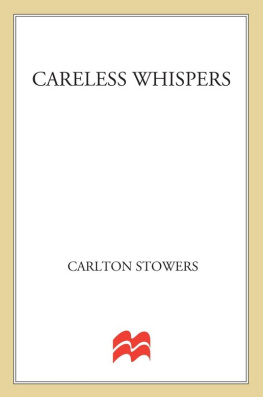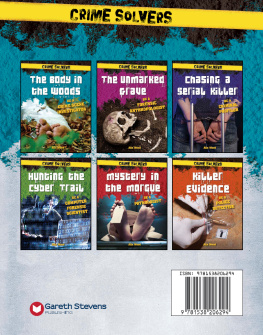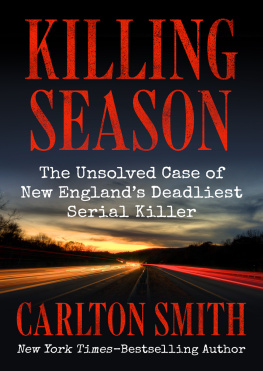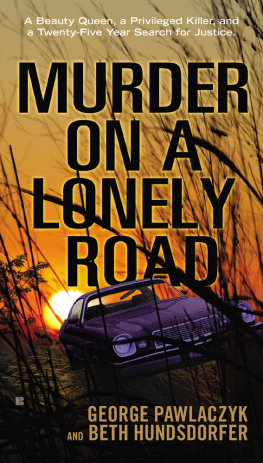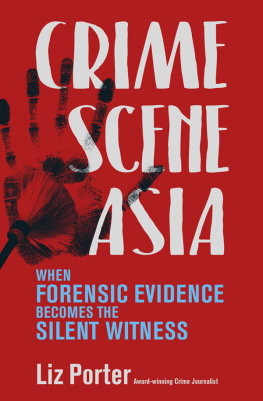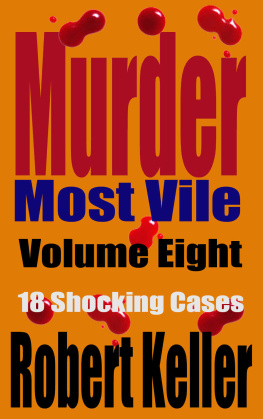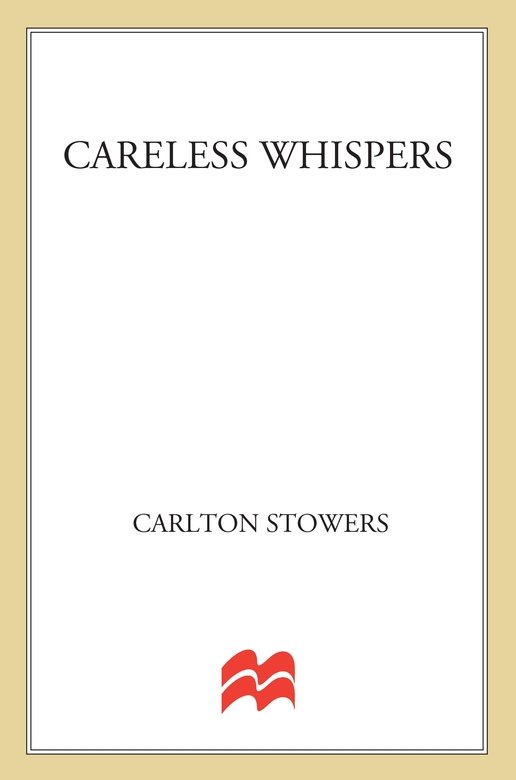In October of 1985, David Wayne Spence was tried for the murder of Kenneth Franks. The proceedings, moved to Bryan, Texas, on a change of venue, did not command the public or media attention of his first triala fact which clearly disappointed David. There were many of the same faces in the courtroom each dayfamilies, members of the news media, and a few curious onlookersbut the large crowds which had battled for seats at his trial in Waco never materialized.
The prosecution, meanwhile, put on a much abbreviated case. This time it did not detail the mistaken identity theory. There was only casual mention of the insurance policy purchased by Deeb. Gayle Kelley was not called to testify; neither were many of the inmates who appeared at Spences first trial. All Feazell and Butler wanted to prove was that Spence had stabbed Kenneth Franks to death. Tony Melendez had helped make a shortened trial possible when he agreed to testify. It was the only way, Tony confided to Simons, that he could tell his parents, who had continued to have difficulty believing he was involved in the crime, that he was, in fact, guilty.
The jury, then, heard both Gilbert and Tony detail from the witness stand the gruesome events of the night of July 13, 1982.
And, in addition to the bite mark testimony, the bracelet which Simons had found in Koehne Park was placed in evidence. Gloria Montgomery, Jills sister-in-law, testified that the bracelet looked like one she had seen Jill wearing from time to time and had even borrowed on one occasion.
In his testimony at Bryan, Dr. Jolliff was even more emphatic than he had been in Waco about the danger David Spence represented to society. I consider him dangerous, even to those of us here in this courtroom, he said. If he had the means, he would kill each of us here. I have to admit Im frightened at this very moment. The palms of my hands are sweatingand it isnt because Im nervous about testifying. Ive done thismany times. It is because of the man sitting there. He nodded in the direction of Spence.
Unlike the first Spence trial, for which he had returned to Waco from Copperas Cove, Gene Deal did not have to travel far to testify against the man he had once served as parole officer. Having taken a job with the probation office in Bryan, he had only to walk across the street to the Brazos County courthouse where the proceedings were being held.
Davids composure was not the same as it had been in Waco. When denied a visitor at the Brazos County jail where he was being held, he went into a rage and threatened to set fire to his cell. In court, he tried repeatedly to fire his attorneys throughout the trial. Though the attorneys volunteered to withdraw from the case, presiding Judge W. T. McDonald, Jr., denied Spences motions that they be dismissed. I do the hiring, he told the defendant, and Ill do the firing. The amiable relationship he had enjoyed with Russ Hunt and Hayes Fuller was clearly absent with his new counsel. Though Bill Vance, one of Bryans most respected criminal lawyers, and Skip Reaves, who had represented David in his aggravated sexual abuse trial, presented a thorough, professional defense, there was no indication they felt any warmth for their client.
And though Hunt continued to insist he had evidence that would cast doubt on Spences involvement in the crime, he refused to share it with Vance or Reaves despite their requests.
When Sidney Smith, the fisherman who had discovered Kenneth Franks body at Speegleville Park, testified that the body was lying stretched out flat under a tree, the legs partially in the road, Spence leaned toward Vance and said, Hes lying.
Vance turned and asked, David, how do you know? Spence did not answer.
Still a mystery is the fact that the letter written to federal authorities by Hunt and Fullerlong before either Gilbert or Tony told of David saying that whoever found Franks body would freak out because he had left the dead youngster sitting up under the tree, still wearing sunglassesstated the boys body was found leaning against a tree with his sunglasses on
How did the authors of the letter know the body had been left in a sitting position?
During the course of the trial, Vance enjoyed little support,even from staff members in his own office. His secretary, after happening on the set of crime scene photographs on his desk, told him, If the guy youre defending did this, I hope you lose this one.
On Thursday, October 17, the jury deliberated only two hours before returning with a guilty verdict. The following day Spence again heard himself sentenced to die by lethal injection. As Judge McDonald spoke, David turned to the gallery where his father sat and whispered, Im really getting tired of this shit.
The aftermath of a crime such as the Lake Waco murders does not end with the tearful burials of the victims or the conviction and sentencing of those responsible. The story of the murders of Jill Montgomery, Raylene Rice, and Kenneth Franks, in fact, has not yet ended for many of those whose lives were touched by the tragedy. Scars are still evident, likely to remain for a lifetime.
What one learns after close analysis of such an event is that victims are far more numerous than the casual observer might imagine. For months after the final legal chapter was written, after David Wayne Spence had heard the Bryan jury sentence him to die for a second time, those who were intimately involved with the case suffered unexpected bouts with depression. Jan and Robert Thompson, Jills aunt and uncle, who had been portraits of remarkable strength throughout the long months of the investigations and trials, sought psychiatric help to get through the weeks following the conclusion of the final trial. Jans doctor expressed concern over the fact that throughout the ordeal, she had never allowed herself to cry. Three years worth of emotion had been locked inside. For days the doctor forced her to talk about what had happened, hoping she might finally release some of the torment she had repressed so deeply. Even now, she says, there are times when she reflects on Jills death and has difficulty separating the facts she learned while attending three trials and the details of Karen Hufstetlers vision.
Jans husband suffered severe depression following the Deeb trial and was unable to work for two months before feeling well enough to resume his normal life. He did not attend the trial in Bryan.
Friends of Russ Hunt, David Spences Waco attorney, expressedgrowing concern over his continued fanatical defense of his client and his vicious attacks on District Attorney Vic Feazell. To the surprise of many in the legal community, Hunt eventually resigned from one of Wacos most prestigious law firms to open his own small law office. The last time I spoke with him (several months after the first Spence trial), Hunt said he was interested in talking with Henry Lee Lucas, the infamous drifter who once claimed to have killed 360 people before it was learned that he had duped hundreds of law enforcement officers with phony confessions. Surprised at Hunts statement, I asked why. I just think it would be interesting to know where Lucas was on the night of July 13, 1982, he said. Later, in a conversation with Lucas, I asked him if he had any knowledge of the Lake Waco murders. Yeah, he said, Bob Prince (a Waco-based Texas Ranger who was part of the Lucas Investigation Task Force) tried to get me to take them a bunch of times.
Jack Holcomb, one of Muneer Deebs court-appointed attorneys, left Waco and is reportedly now practicing in Houston.

